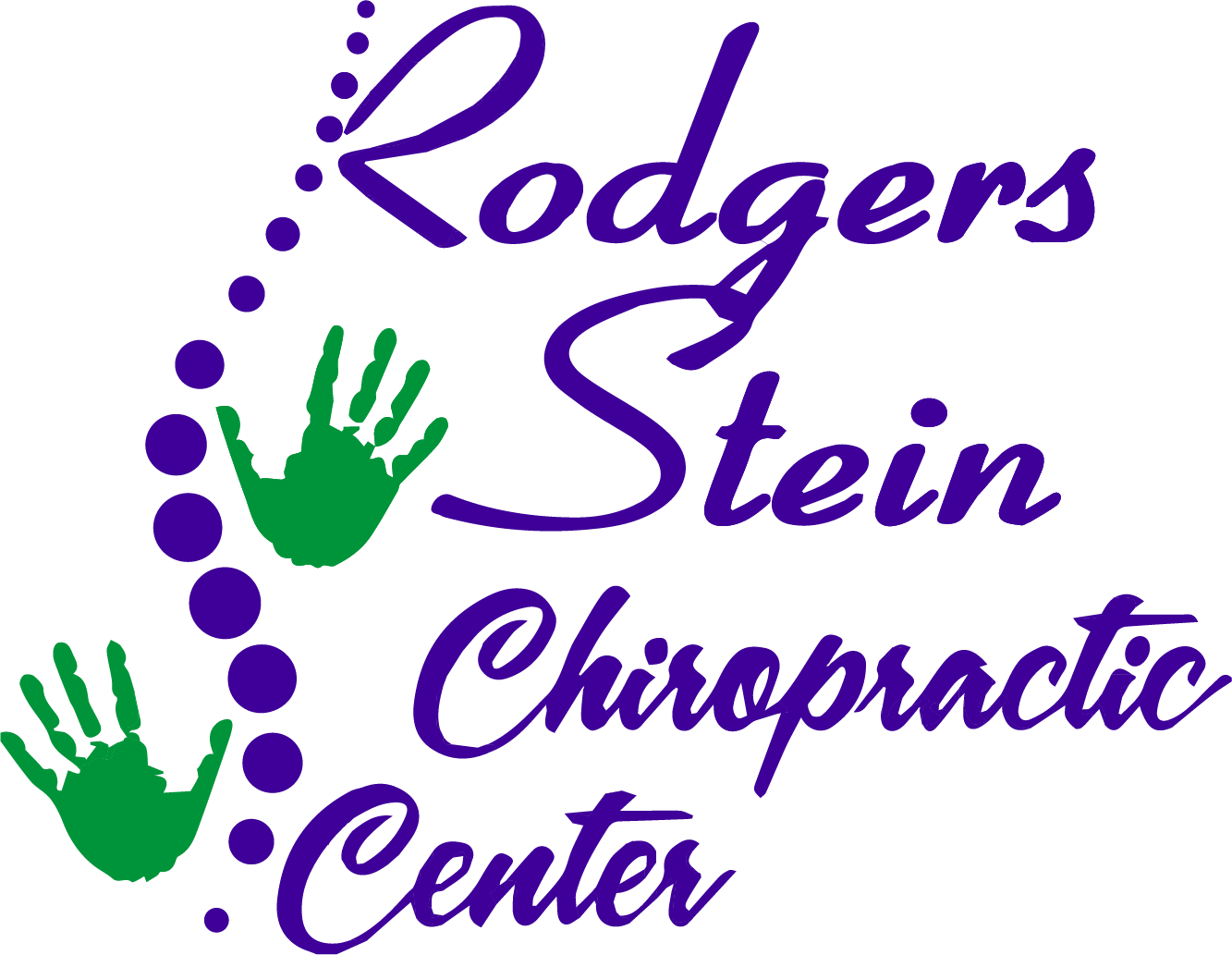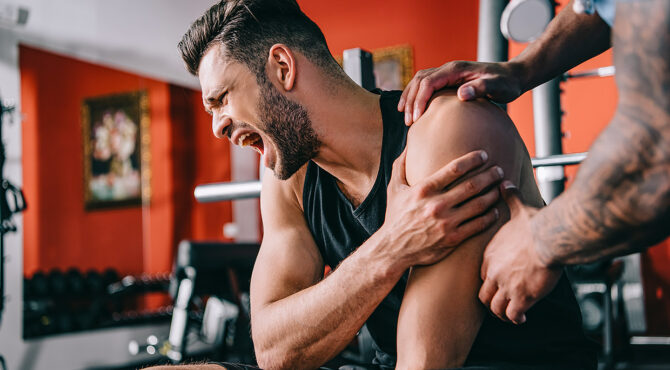If you're dealing with lower back pain, you're not alone, and finding effective relief is essential for your daily comfort. You might be surprised to learn that simple changes in your routine can make a significant difference. By focusing on a few key strategies, you can not only ease your discomfort but also promote long-term back health. Curious about what these methods are and how they can fit into your life? Let's explore the best approaches together.
Stretching Exercises
When you feel lower back pain creeping in, incorporating stretching exercises into your routine can make a significant difference. Stretching helps alleviate tension in the muscles surrounding your lower back, promoting flexibility and improving your overall posture. A few simple stretches can target the areas most affected by discomfort.
Start with the cat-cow stretch. Get on your hands and knees, arch your back upwards like a cat, then drop your belly while lifting your head and tailbone for the cow position. This dynamic motion helps to mobilize your spine. Hold each position for a few seconds, repeating it 5 to 10 times.
Next, try the seated forward bend. Sit with your legs extended in front of you, and slowly reach towards your toes. You don't have to grab your feet; just lean forward until you feel a gentle stretch in your lower back and hamstrings. Hold this position for 20 to 30 seconds, breathing deeply.
Another effective stretch is the child's pose. Kneel on the floor, sit back on your heels, and stretch your arms forward on the floor. This pose not only stretches the lower back but also promotes relaxation. Hold for at least 30 seconds.
Incorporate these stretches into your daily routine, especially if you sit for long periods. Consistency is key; when you make stretching a habit, you'll likely notice improvement in your lower back pain over time.
Strengthening Workouts
Incorporating strengthening workouts into your routine can effectively support your lower back and reduce pain. These exercises target the core, glutes, and back muscles, helping you build the stability and strength necessary to alleviate discomfort. When your core is strong, it provides better support for your spine, which can lead to less strain on your lower back.
Start with exercises like planks and bridges. Planks engage your entire core, while bridges specifically target your glutes and lower back. Aim for three sets of 10-15 repetitions for each exercise, gradually increasing the duration or number of sets as you get stronger.
Another effective workout is the bird-dog, which promotes balance and coordination. Begin on all fours, extending one arm and the opposite leg simultaneously. Hold for a few seconds, then switch sides. This exercise helps develop stability and strength in your back and core.
Additionally, consider incorporating resistance training into your routine. Using light weights or resistance bands for exercises like deadlifts or bent-over rows can strengthen the muscles supporting your spine. Just be sure to maintain proper form to avoid injury.
Finally, listen to your body. If an exercise causes pain, stop and reassess your technique or consult a professional. With consistency and the right approach, strengthening workouts can make a significant difference in your lower back health, empowering you to move with ease and confidence.
Proper Posture Practices
Strengthening your muscles is just one part of managing lower back pain; maintaining proper posture plays an essential role as well. When you sit, stand, or move, the way you align your body can greatly impact your back health. Start by being mindful of your posture throughout the day.
Whether you're sitting at a desk or standing in line, keep your shoulders back and your spine straight. When sitting, make sure your feet are flat on the ground, and your knees are at or slightly below hip level. Use a chair that provides good lumbar support, or place a small cushion behind your lower back to help maintain its natural curve.
If you spend long hours at a desk, take breaks to stand and stretch. This not only prevents stiffness but also promotes better circulation. While standing, distribute your weight evenly on both feet. Avoid locking your knees, and engage your core muscles to help stabilize your spine.
If you need to lift something, bend your knees and keep the object close to your body. This technique reduces strain on your lower back.
Heat and Cold Therapy
Heat and cold therapy can be a powerful tool for alleviating lower back pain. Both methods offer distinct benefits, and knowing when to use each can make a significant difference in your comfort level.
When you apply heat to your lower back, it helps to increase blood flow, relax tight muscles, and soothe stiffness. You can use a heating pad, hot water bottle, or warm towel. Just make sure the heat isn't too intense to avoid burns. Aim for sessions of 15 to 20 minutes, and don't hesitate to repeat several times throughout the day, especially when you feel tightness creeping in.
On the other hand, cold therapy is effective for reducing inflammation and numbness in the affected area. Ice packs or bags of frozen vegetables wrapped in a cloth can do the trick. Apply cold to your lower back for about 15-20 minutes, taking breaks in between to prevent skin damage. This method is particularly useful right after an activity that aggravates your pain.
To maximize the benefits, you might alternate between heat and cold therapy. Start with cold therapy to tackle inflammation and follow up with heat to promote blood flow and muscle relaxation.
Listen to your body, and see which method works best for you. Remember, consistent use of heat and cold therapy can help you manage lower back pain effectively, allowing you to enjoy your daily activities with greater ease.
Lifestyle Modifications
Making adjustments to your daily habits can greatly impact your lower back pain. Start by evaluating your posture, especially if you spend long hours sitting. Confirm your chair supports your lower back and that your feet rest flat on the ground. Consider using a lumbar roll or cushion to maintain the natural curve of your spine.
Next, incorporate regular breaks into your routine. Stand up, stretch, and walk around every 30-60 minutes. This simple practice helps alleviate tension and promotes circulation, reducing the likelihood of stiffness and discomfort.
You should also pay attention to how you lift objects. Always bend your knees and keep the object close to your body. Avoid twisting your torso while lifting, as this can strain your back. If it's heavy, get help or use tools designed for lifting.
In addition, think about your sleep habits. A supportive mattress and pillow can make a world of difference. Try sleeping on your side with a pillow between your knees to maintain spinal alignment. If you're a back sleeper, consider placing a pillow under your knees.
Lastly, stay active. Engage in low-impact exercises like walking, swimming, or yoga. These activities strengthen your core and improve flexibility, which can help support your lower back.
Conclusion
Incorporating these five methods into your routine can greatly relieve lower back pain and improve your overall well-being. By committing to regular stretching and strengthening exercises, maintaining good posture, utilizing heat or cold therapy, and embracing an active lifestyle, you'll support your spine and enhance flexibility. Don't underestimate the power of small changes—these adjustments can lead to lasting relief and a healthier back. Start implementing these strategies today and take the first step towards a pain-free life!



